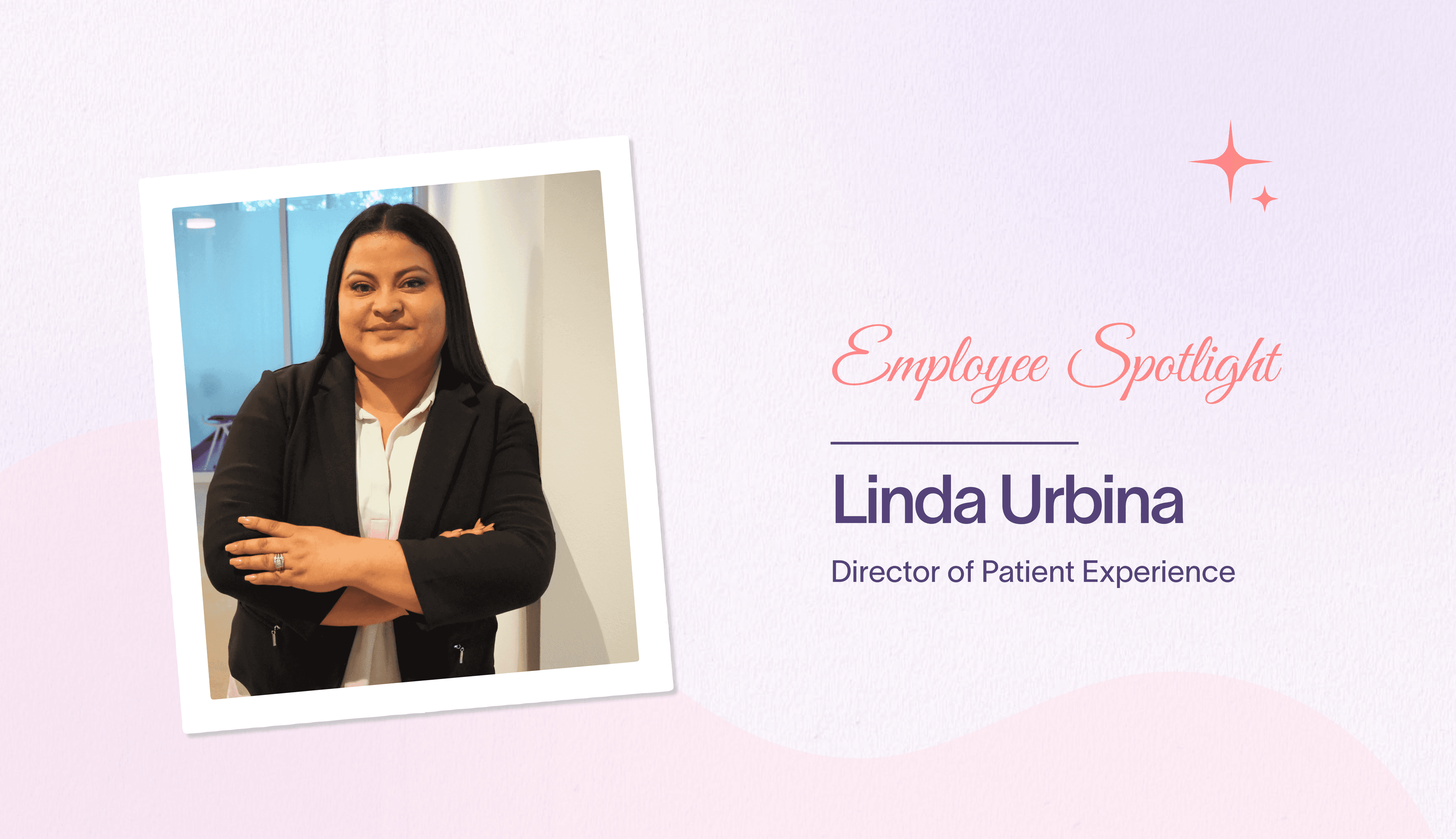January 2025
Your guide to going fee-for-service in your dental practice
An FFS model removes insurance, adds flexibility, and empowers your team to deliver better care.
Hope Slowik
Content Writer

Take a moment to think back on your motivations for entering the dental industry. You were probably drawn toward the prospect of actually helping people, providing patients with quality care that has an impact on their day-to-day life. Maybe you were drawn toward the flexibility of being your own boss, running a successful business. Maybe you felt a passion for aesthetics or pediatrics. They’re all valid, feel-good reasons for choosing to pursue years of school and training and making a career in dentistry.
But we’re also pretty sure no one was motivated to start practicing because they felt a deep passion for insurance. No one wakes up in the morning excited to check a verification portal, to complete mandatory case notes, or file claims.
So why do so many providers feel that insurance is an inevitability?
Largely, because it’s expected of us. But it’s not the only option.
Pivoting to a fee-for-service (FFS) model can have hugely positive impacts on your practice. Often, removing insurance means eliminating some of the most frustrating elements of the experience as a dental practitioner. Not only are you setting your practice free from the insurance claims process, but you are also adding value for you and your patients: taking control of your own fee schedule, offering greater flexibility to patients, and allowing your staff an opportunity to partner in a patients’ care plan.
In fact, according to Dr. Gillespie of Mosaic Dental Care, “moving away from being insurance-based practice feels like you’re actually becoming a quality-based practice.” Here’s what you need to know if you’re considering the transition.
Understanding the Fee-for-Service Model
In a fee-for-service model, patients pay directly for the services they receive, instead of relying on insurance reimbursements. This means that, unlike insurance-based models where your contract with the insurance company dictates coverage and payment rates, you have the flexibility to set your own fee schedule and to make decisions about how and when patients pay for their care.
While some patients may initially expect FFS to be unaffordable, it can be surprisingly accessible with a little creativity. For example, patients can still use their HSA/FSA accounts for tax benefits and offering subscription plans alongside FFS can help make care more accessible and predictable for patients.
Assessing Your Current Practice Situation
Before making any decisions, it’s important to take a comprehensive look at your practice’s current position.
Start by assessing your financial situation.
What does your current payer mix look like? A higher proportion of self-pay patients will make the transition easier, but you can still be successful if you have lots of patients using insurance. In that instance, it may be helpful to phase out the insurance carriers slowly, removing the smallest part of your payer mix first and working up as you gain more ground with self-pay.
Look at your patient demographics.
You know your patients better than anyone. Assess your patient list for people who may be good candidates for FFS. This may include patients who are frequently frustrated by their insurance provider, those who have very high deductibles, and–of course–patients with no insurance at all.
What would that list look like in your practice?
Consider your staff.
Moving to a fee-for-service model is a significant change, affecting nearly every part of your teams’ day-to-day operations. How ready are they to take on that change and how much time and energy are you willing to spend on training?
Not only will you need to update your billing procedures, but the team will also need to be confident discussing the change with patients. This will mean lots of communication training to ensure they’re comfortable being more transparent and direct with pricing.
Check your contracts.
Understand the terms of existing contracts with insurance providers and what breaking or not renewing them entails.
Preparing for the transition to fee-for-service care
1. Evaluate and adjust your pricing structure
- Look over your current procedures to identify trends. What procedures are you performing every day? How much effort do all of these procedures require? These factors could help you determine a preliminary plan and what you’d like to prioritize.
- Research competitive pricing in your area to ensure your fees are in line with the market
- Create a price list for common treatments and make this available to patients upfront.
2. Clearly communicate the change with your existing patients
- Be transparent about why you're moving to fee-for-service. Frame this in terms of benefits to them, like improved care, more flexible treatment options, and transparent expectations for cost.
- Inform patients well in advance through email, phone calls, or in-office signage.
- Discuss how patients will be able to access care, payment options, and how they could still use insurance out-of-network.
3. Streamline your office systems to make payments easier
- Evaluate the software in the office. Are you able to process credit cards efficiently? Save payment information securely? Track patient payments effectively and follow up on unpaid invoices? All of these processes will likely be part of your team’s daily operations.
- Work with your staff to set clear procedures around patient payments. Do you want them to collect payment information before the patient leaves the waiting room? Are they processing payments on the way out? How often do they send invoices and how and when should they follow up? Planning at this stage will spare you all pain later on.
4. Consider your flexible payment options
- Moving to fee-for-service means you will be collecting payments directly from patients far more regularly. Providing flexible options to accept those payments is especially important–this is how you ensure patients are able to pay for their care and prevent friction and dissatisfaction from patients in the long-term.
- Popular options for flexible payments include accepting HSAs and FSAs, as well as offering payment plans, financing, and–of course–subscription plans. All of these options allow patients to split the cost of their care over time, giving them a little more wiggle-room than they would have for upfront costs.
Managing the patient transition
Once your office has made the move to fee-for-service, it’s a good idea to give special attention to patients, guiding them through the change.
Set your patients’ expectations by keeping a steady flow of educational content. Include language around the benefits of fee-for-service in every patient newsletter, on your social media and blog, and in every conversation patients have with your office. Show them what they can do with the increased freedom working outside insurance’s restrictions, how you can collaborate on their treatment plans without bureaucracy, and how–ultimately–this means they get more of the care they want, affordably.
You may also want to consider offering a loyalty program for patients who return to your office regularly. Loyalty programs can be offered at a relatively low cost to your business, but can have a huge impact on patients’ emotional experience and trust in your practice.
Spread the word: market your position as a fee-for-service provider
The dental world is competitive and your patients have lots of options for their care. Every differentiator for your practice has the potential to be a value-add for future patients, drawing them to you.
Take the time to update your marketing to reflect not only that you are a fee-for-service provider, but also what that means for the patient experience. For more on marketing yourself with a focus on flexible payment options, see here.
When you move to fee-for-service in your practice, you’re not just removing the constraints of insurance contracts, you’re empowering your practice to offer more personalized and flexible care options, with greater control over pricing.
While the shift may require careful planning, clear communication, and a bit of upfront work, the rewards of a streamlined, insurance-free practice can have a substantial impact on your practice’s future. With the right strategies, including flexible payment options like Subscribili’s subscription plans, your patients will be better able to access the care they need while enjoying a more seamless experience.
As you move forward with this transition, remember that your focus on providing high-quality, patient-centric care will be your greatest asset in building lasting relationships and a successful, thriving practice.























